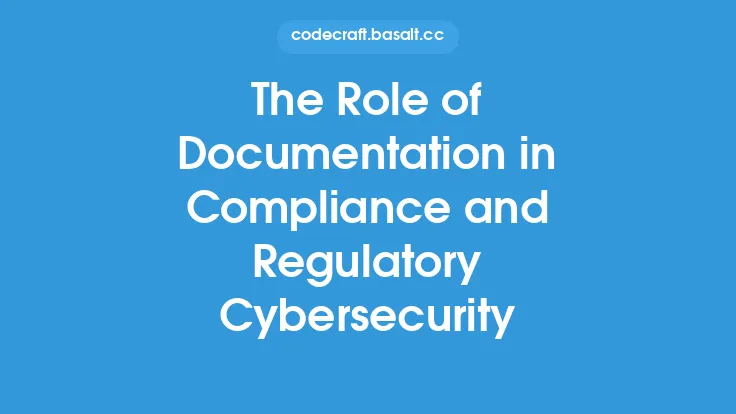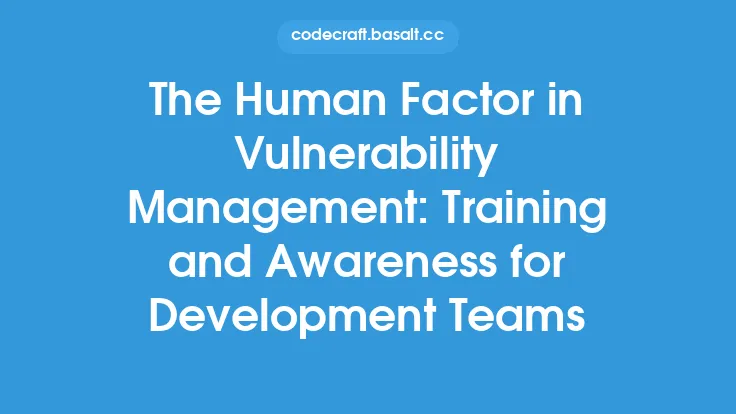Human factors play a crucial role in cybersecurity, as they can either strengthen or weaken an organization's security posture. From a security awareness perspective, it is essential to understand how human behavior, psychology, and social interactions can impact the security of an organization's systems, data, and assets. In this article, we will delve into the world of human factors in cybersecurity, exploring the various ways in which human elements can influence security outcomes.
Introduction to Human Factors in Cybersecurity
Human factors in cybersecurity refer to the psychological, social, and behavioral aspects that influence how individuals interact with technology and make decisions related to security. These factors can include cognitive biases, emotional states, social pressures, and cultural norms, among others. By understanding these human factors, organizations can design more effective security awareness programs, develop user-centered security policies, and create a culture of security that is tailored to the needs and behaviors of their employees.
The Psychology of Cybersecurity
The psychology of cybersecurity is a critical aspect of human factors, as it helps to explain why individuals make certain decisions or exhibit specific behaviors when it comes to security. For example, the concept of "security fatigue" refers to the phenomenon where individuals become desensitized to security warnings and alerts, leading them to ignore or dismiss potential security threats. Similarly, the "availability heuristic" can lead individuals to overestimate the likelihood of a security threat based on how easily examples come to mind, rather than on the actual probability of the threat. By understanding these psychological factors, organizations can develop security awareness programs that take into account the cognitive biases and emotional states of their employees.
Social Engineering and Human Factors
Social engineering is a type of cyber attack that exploits human psychology and behavior to gain access to sensitive information or systems. Phishing, pretexting, and baiting are all examples of social engineering tactics that rely on human factors to succeed. For instance, a phishing attack may use emotional manipulation or cognitive biases to trick an individual into revealing sensitive information or clicking on a malicious link. By understanding the social engineering tactics used by attackers, organizations can develop security awareness programs that educate employees on how to recognize and resist these types of attacks.
User Experience and Security
User experience (UX) plays a critical role in cybersecurity, as it can either facilitate or hinder secure behavior. For example, a security policy that is too restrictive or cumbersome may lead to "workarounds" or non-compliance, while a policy that is too lenient may leave an organization vulnerable to security threats. By designing security policies and procedures that are user-centered and intuitive, organizations can encourage employees to adopt secure behaviors and reduce the risk of security breaches.
Organizational Culture and Security Awareness
Organizational culture is a critical factor in determining the effectiveness of security awareness programs. A culture that values security and encourages open communication can help to foster a sense of shared responsibility and accountability among employees. On the other hand, a culture that is overly focused on productivity or efficiency may lead to security being seen as an afterthought or a hindrance. By promoting a culture of security awareness, organizations can encourage employees to prioritize security and take an active role in protecting the organization's assets.
Technical Aspects of Human Factors in Cybersecurity
From a technical perspective, human factors in cybersecurity can be addressed through a variety of mechanisms, including user authentication, access control, and encryption. For example, multi-factor authentication (MFA) can help to prevent unauthorized access to systems and data, while role-based access control (RBAC) can help to limit the damage caused by a security breach. Encryption can also help to protect sensitive information, both in transit and at rest. By understanding the technical aspects of human factors in cybersecurity, organizations can design and implement security controls that take into account the strengths and weaknesses of human behavior.
Measuring the Effectiveness of Security Awareness Programs
Measuring the effectiveness of security awareness programs is critical to understanding the impact of human factors on cybersecurity. This can be done through a variety of metrics, including phishing simulation tests, security awareness surveys, and incident response metrics. By tracking these metrics, organizations can identify areas for improvement and refine their security awareness programs to better address the human factors that influence security outcomes.
Conclusion
In conclusion, human factors play a critical role in cybersecurity, and understanding these factors is essential to developing effective security awareness programs. By taking into account the psychological, social, and behavioral aspects of human behavior, organizations can design security policies and procedures that are user-centered, intuitive, and effective. By promoting a culture of security awareness and addressing the technical aspects of human factors in cybersecurity, organizations can reduce the risk of security breaches and protect their assets from cyber threats. Ultimately, the key to successful cybersecurity is to recognize that security is not just a technical issue, but a human one, and to design security awareness programs that take into account the complexities and nuances of human behavior.





